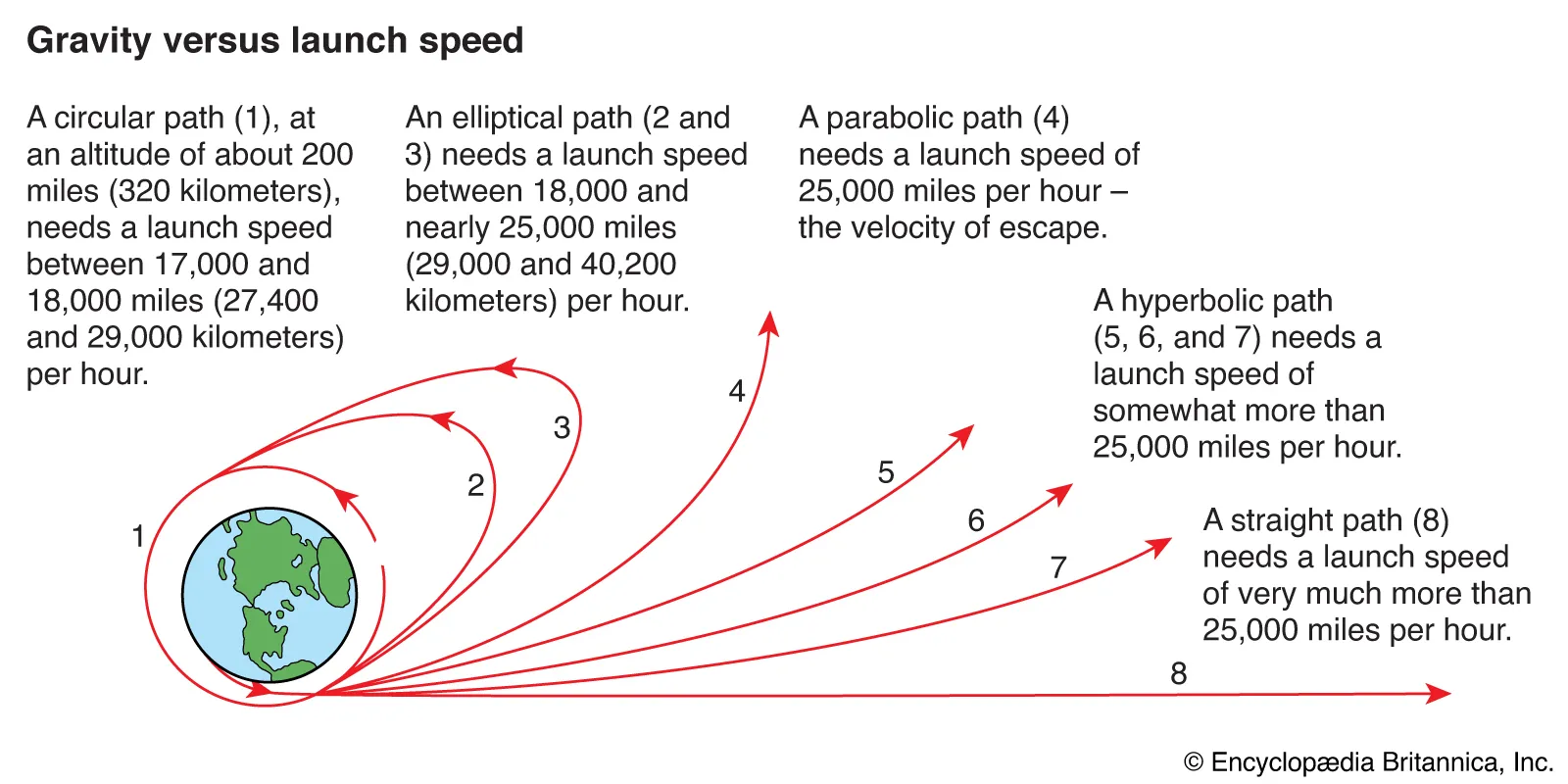How Do Private Companies Avoid Satellite Collisions?
Table of contents:
Collision Avoidance Practices for Satellite Launches

Private companies launching new satellites must carefully coordinate with government agencies and follow strict regulations to avoid collisions with existing satellites. Here are some key practices they employ:
Selecting Optimal Orbits
- Satellite operators select orbits based on the mission requirements, leading to most satellites in similar orbits moving in the same direction, reducing collision risks.
- Desirable orbital slots can become occupied quickly, so companies may need to deploy multiple satellites to achieve coverage, e.g. one to the west and one to the east.
- Everything is meticulously regulated and based on established scientific principles long before any launch takes place.
Tracking and Coordination
- Comprehensive databases exist that track all satellites and their orbits, allowing operators to verify if their planned trajectory intersects with others.
- These databases are continuously updated through radar tracking systems, although many facilities have suffered from lack of funding in recent decades.
- When a potential close approach is identified, satellite owners are notified so they can maneuver slightly to avoid collisions.
Launch Window Restrictions
- A Collision On Launch Assessment (COLA) must be performed and approved before launching to ensure the trajectory does not take the vehicle too close to another object already in space.
- Launch windows have COLA blackout periods during intervals when the vehicle cannot lift off to avoid colliding with other objects.
Aerodynamic Drag for Small Satellites
- Small satellites like CubeSats in low Earth orbit can use aerodynamic drag to change orbits slightly to avoid debris collisions by alternating between low-drag and high-drag configurations.
While the vastness of space makes collisions unlikely, satellite operators take these precautions to minimize risks. With careful planning and coordination, private companies can successfully launch new satellites without causing collisions.
References
- AIAA - Collision Avoidance in Space
- NASA - Spacecraft Collision Avoidance
- NASA - Orbital Debris and Collision Avoidance
- Reddit - ELI5: When New Satellites Get Launched by Private Companies, How Do They Avoid Collisions?
- Wikipedia - Collision Avoidance (Spacecraft)
- ScienceDirect - Spacecraft Collision Avoidance
- MDPI - Space Debris and Collision Avoidance
- ADS - Collision Avoidance in Space
comments powered by Disqus